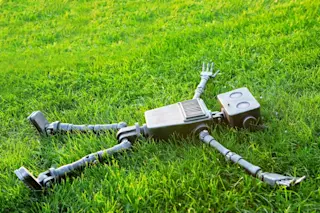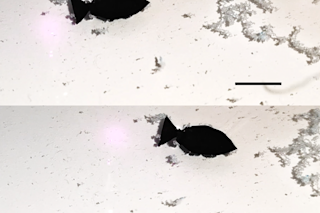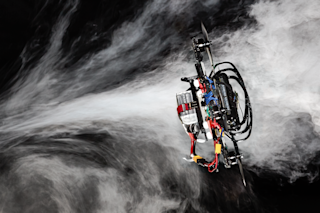A few years before he died in 1992, Henry Stommel sketched a vision of the future of oceanography. It makes poignant reading now. Stommel was the man who had figured out why there is a Gulf Stream. He had helped establish the basic theory for how ocean currents work. In the process he had received every prize and accolade he possibly could. But in his little essay in the magazine Oceanography, Stommel imagined giving up all that. He pictured himself in the twenty-first century, looking back from middle age on a second youth and a second career that was just getting started in 1996. It was a career that had been transformed by a single invention.
Stommel’s first career, like that of all oceanographers, had been plagued by one problem above all: a lack of good data. Compared with the means they have to study it, the ocean is too ...














